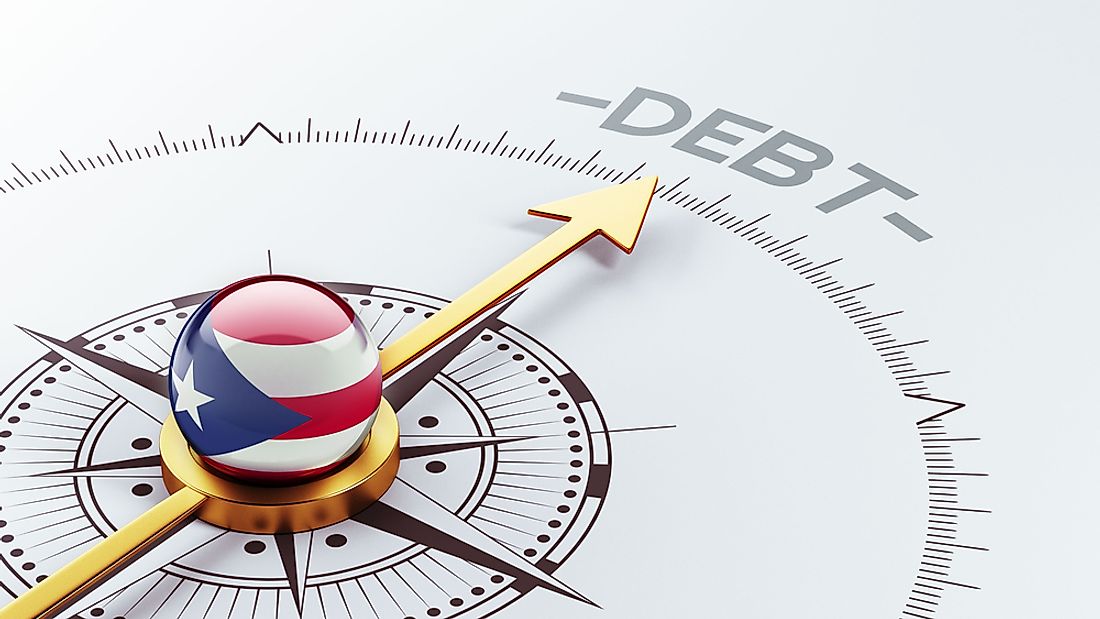The Puerto Rico Debt Crisis

The government of Puerto Rico has a large debt crisis that is affecting its development. The financial debt crisis is what is referred to as the Puerto Rico Debt Crisis. The government owes different organizations an amount that exceeds $70 billion. The debt crisis has been so severe to the point of nearly crippling the island’s economy. In fact, in 2016, the island literarily ran out of money and it, therefore, had to put its debt-paying process to a halt. Apart from the major debts, which are mostly in form of municipal bonds, Puerto Rico owes billions of dollars to the retired public workforce. Being a home to approximately 3.5 million people, the debt load is approximately $34,000 per person.
Causes of the Puerto Rico Debt Crisis
The large debt crisis is mainly attributed to the poor management of the government finances for decades. For instance, the Department of Treasury of Puerto Rico has been doing a dubious job in the collection of sales tax. The total amount collected was usually approximately 44% of total amount filed in the tax collection department. Creation of a tax haven in Puerto Rico has also been a major contributor to the large crisis that the government is facing. Multiple kinds of federal and local taxes were not payable in Puerto Rico. A law was passed in 1976 that made the island a tax haven. For this reason, a lot of businesses boomed in the island, a situation that led to the flourishing of the island's economy. However, the government realized that it was straining with sustaining the economy in the 1990s. It, therefore, sought to abolish the tax-free income and introduce sales tax and other forms of taxes that were not applicable in the past. By 2016, when the law had become fully effective, most of the investors had left the island in search of new places with friendly taxes.
Effects of the Puerto Rico Debt Crisis
The Puerto Rico debt crisis has been responsible for the economic depression in the country for the past one decade. The large debt has led to an increment in the government’s debt to GDP ratio. The ratio has risen to about 68% in the past few years. In fact, with the worsening condition, by 2018, the percentage is expected to rise to approximately 108%. For this reason, the government of the country has been forced to reduce spending. The government has also been obliged to increase tax revenue so as to cater for its debt payment. Attempts to attract international investors by reducing the tax have turned out to be futile. The financial status of the country has fallen by 9.4 % in the past few years. The number of people employed in public institutions and private organizations has fallen by approximately 21%. Gross capital formation of the island has dropped by approximately 57%. From the above economic deterioration, the economy of the island in 2017 has fallen to what it was in May 1992.











